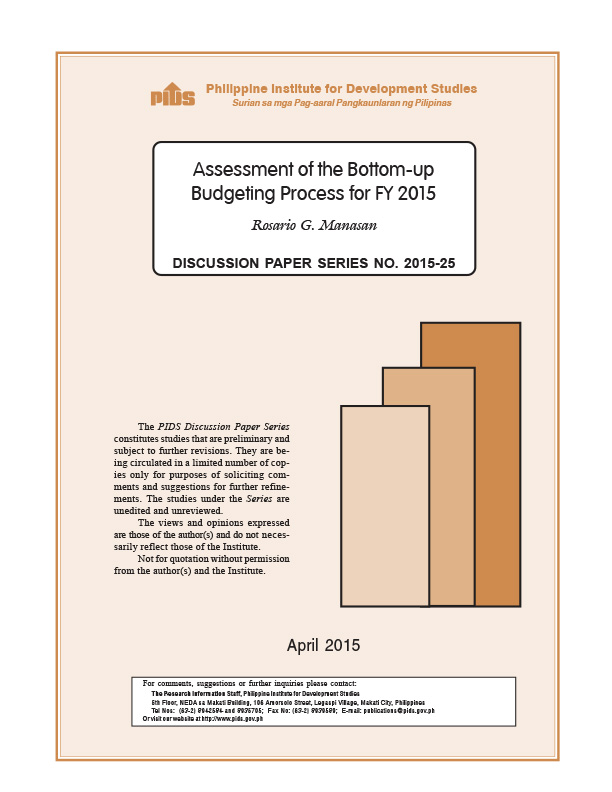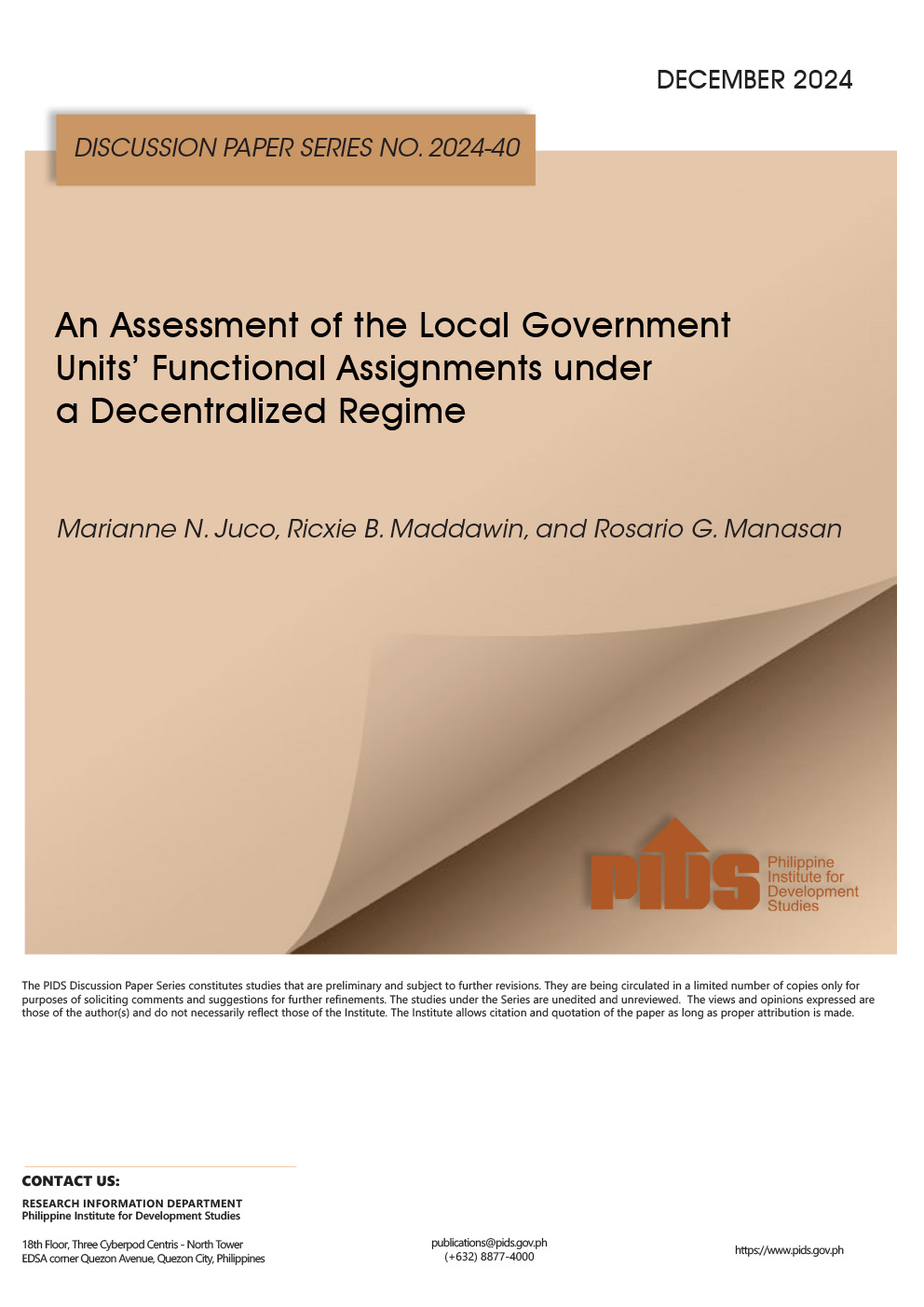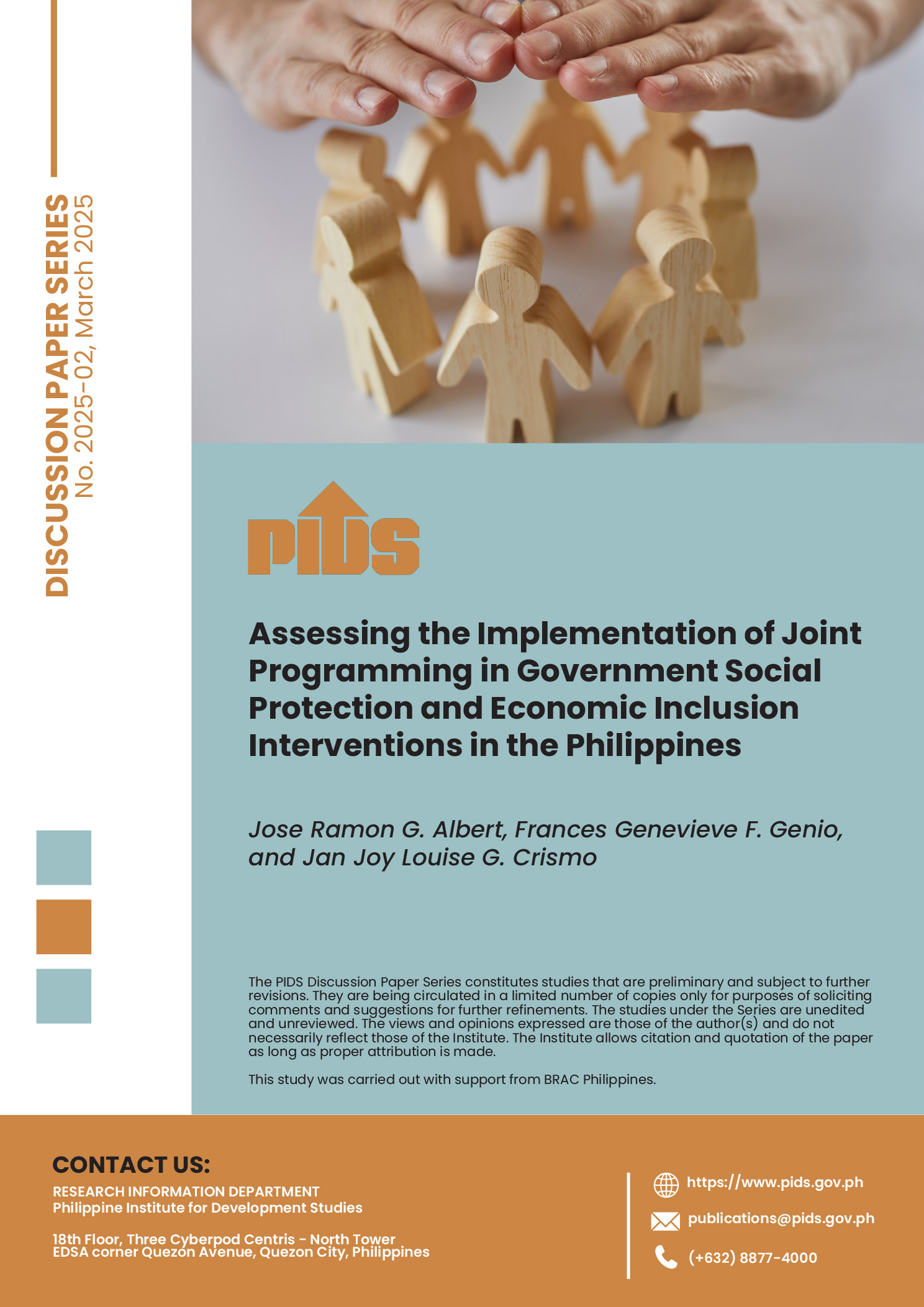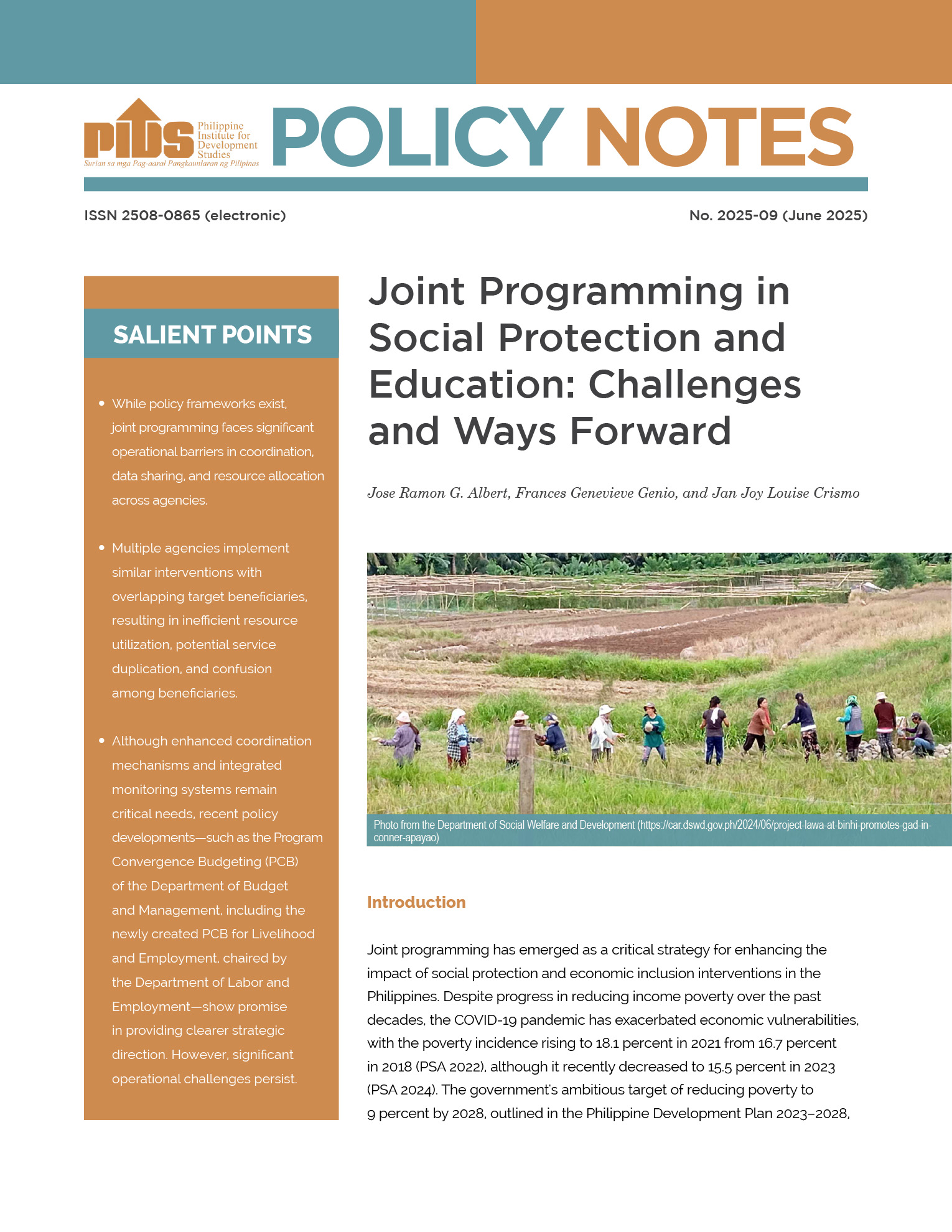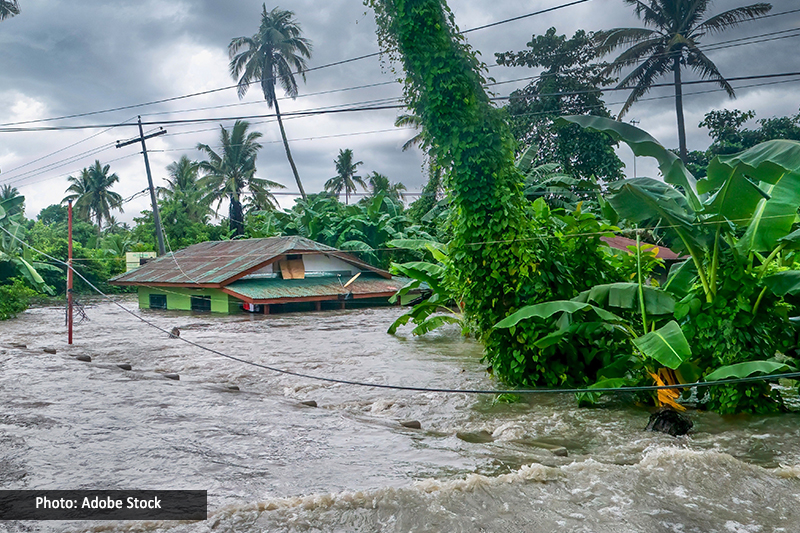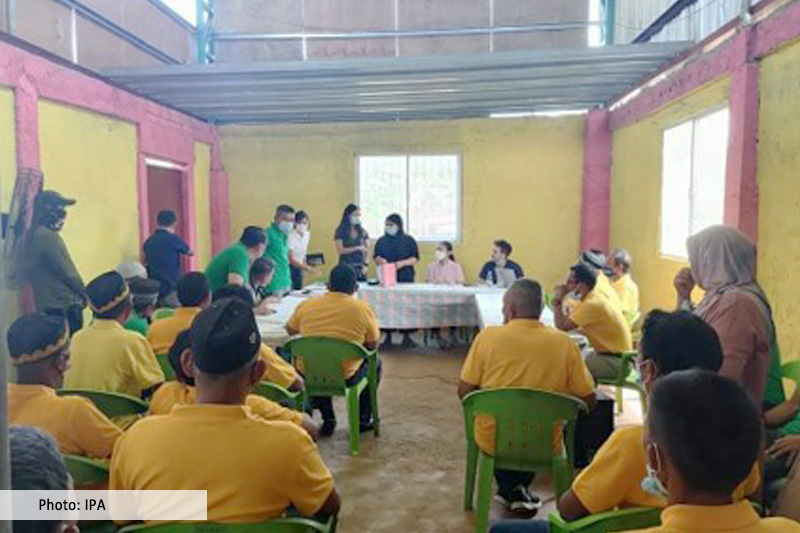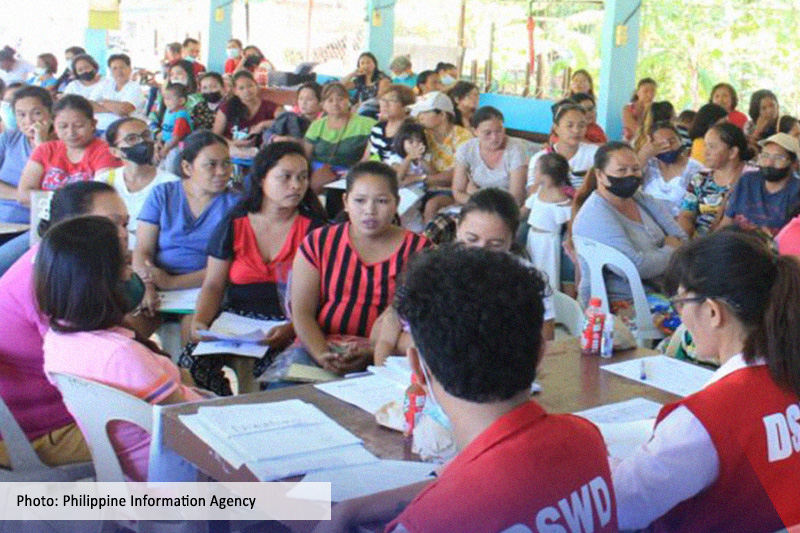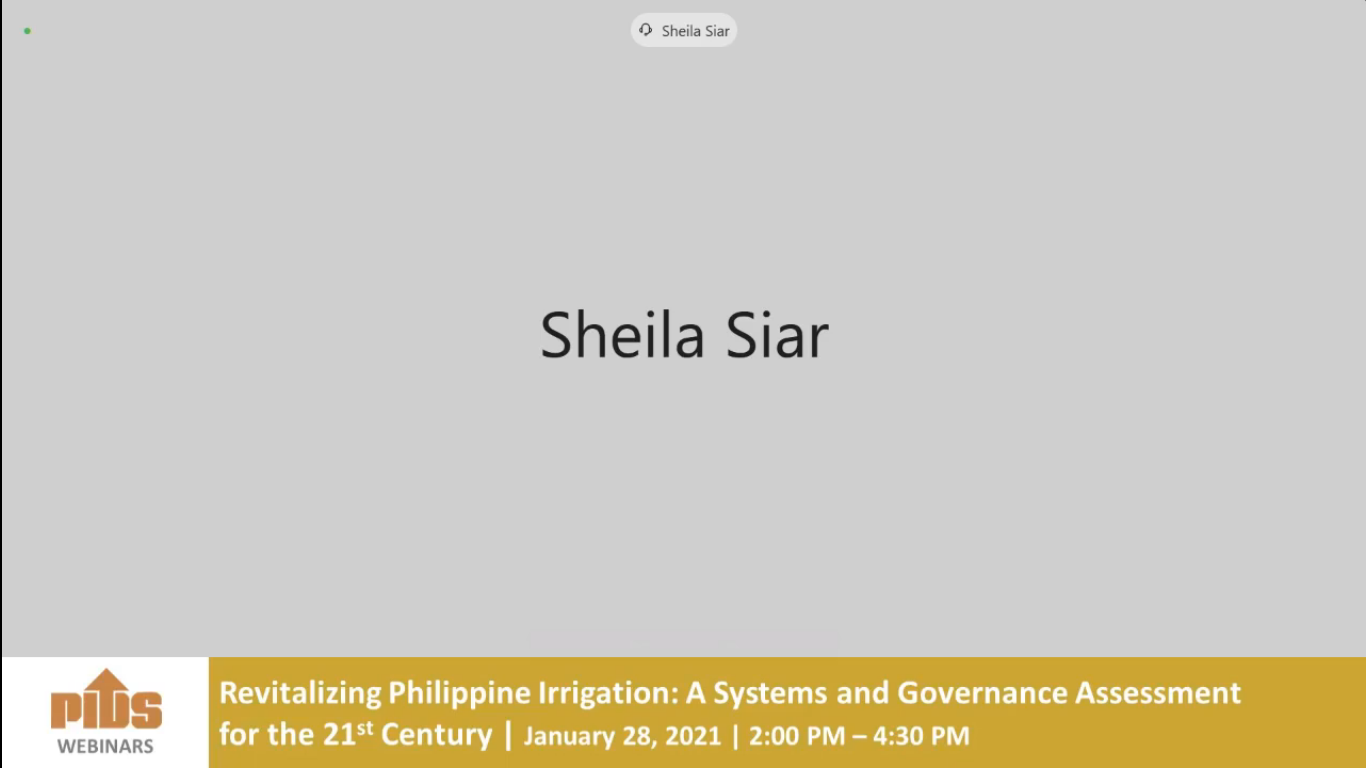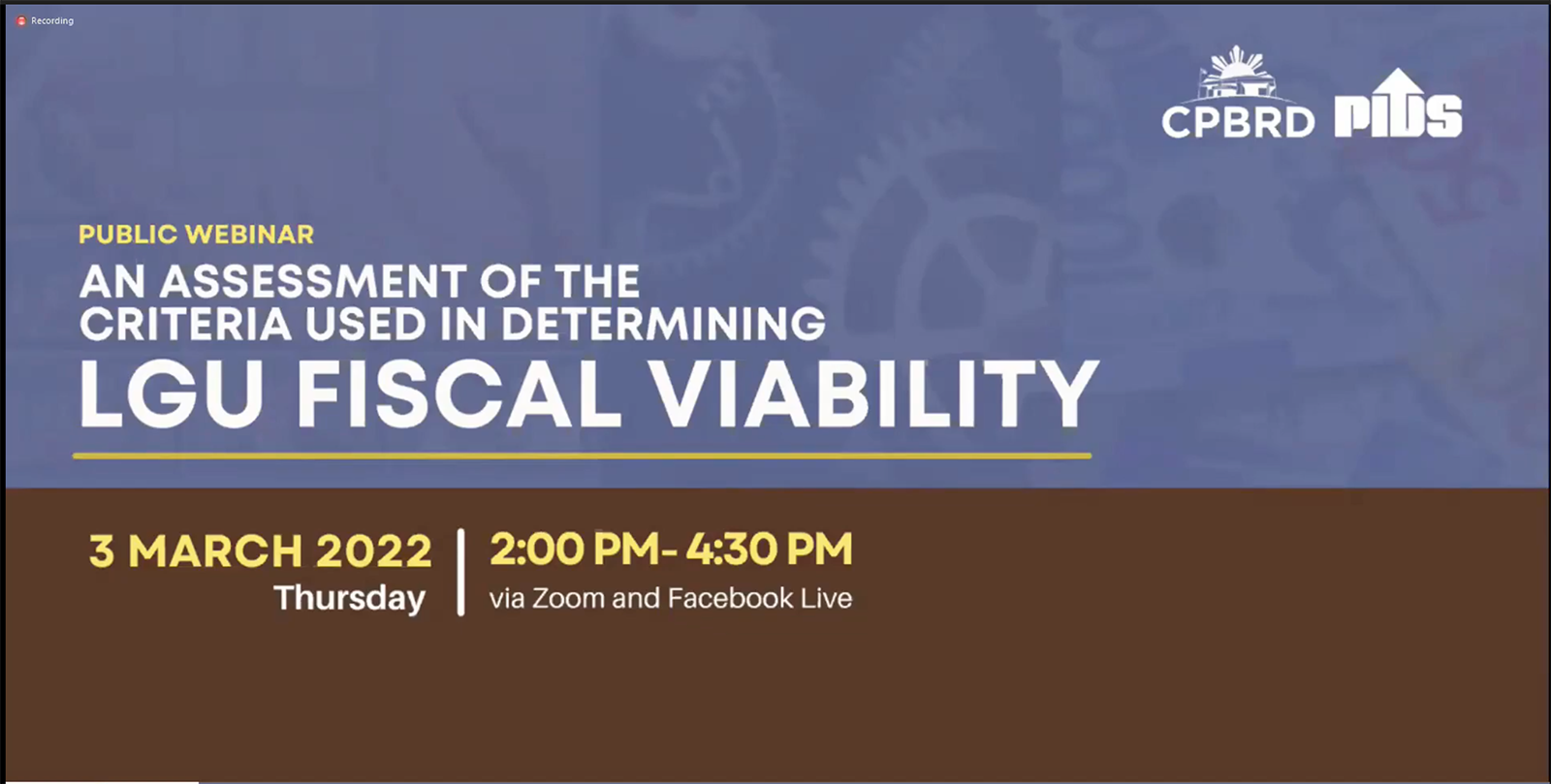The bottom-up budgeting (BUB) process is one of the major reform initiatives of the Aquino administration and has been tagged as such from several perspectives. First, it is seen as a component of its budget reform thrusts that are aimed at making the national government budgeting process more responsive to local needs. Second, the BUB is viewed as part of the democracy/empowerment reform as it opens another avenue for people`s participation in local planning and budgeting and for generating demand for good governance at the local level. Third, it is also perceived as part of local governance reform in the sense that it provides incentives for good local governance.
This paper assesses the conduct of the FY 2015 round of the BUB in 12 municipalities in the provinces of Agusan del Norte, Camarines Sur, Negros Occidental, and Quezon. Specifically, it aims to (1) examine how the key steps in the planning and prioritization of projects under the BUB for the FY 2015 cycle are implemented on the ground in terms of extent of participation, LGU-CSO engagement, and integration of BUB process in local planning process; (2) report on the progress and identify bottlenecks in the implementation of subprojects identified during the FY 2013 BUB process; and (3) provide insights on areas for further improvement for the subsequent rounds. In this sense, this assessment focuses on the process rather than on the outcomes of the BUB.

